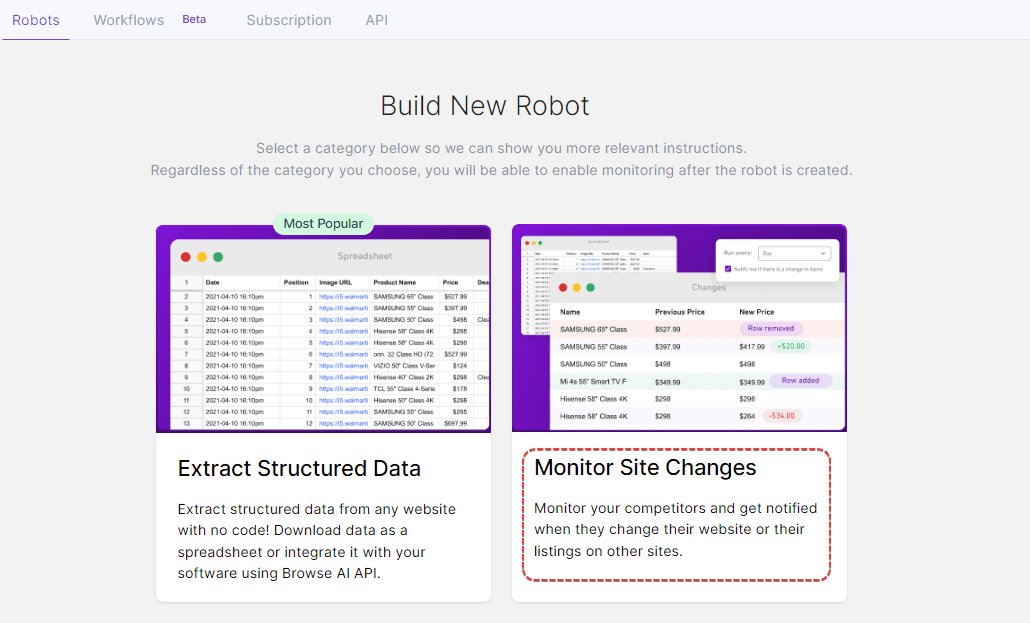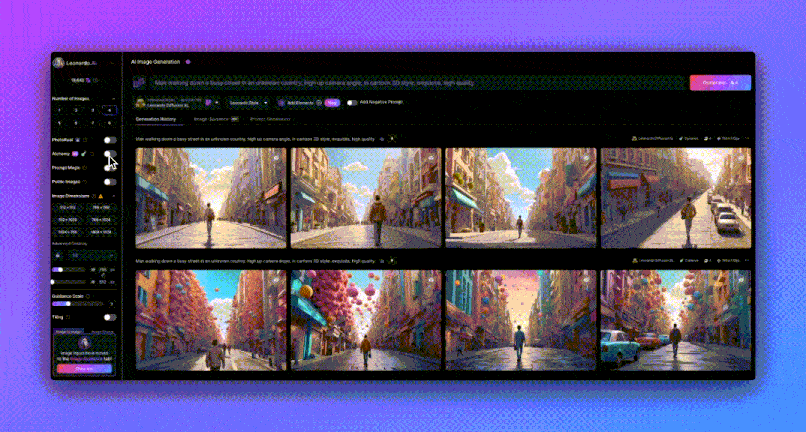Suno Tags (Metatags) Operation Manual
Suno Metatags were utilized to guide the flow of lyrics and musical interludes, helping Chirp transition smoothly through the various parts of the song. Particular attention was paid to some of the metatags during the training phase of the AI model, but we also discovered many others! The style of music you choose and the lyrics you compose will also affect the way Chirp builds the song.
Copilot can use Suno for free after logging in to your Microsoft account, domestic accessible address:ChatGPT Mirror Station (domestic access to GPT4 series models) [Mark bing in the table to access Suno]
songwriting
A successful extended version of a song that usually includes verses and choruses in each section.
Verses are usually up-tempo and understated and introspective, while choruses are usually melodically lush and energetic. The chorus, often repeated as the "highlight" of the song, adds a sense of purpose and emotional depth to the entire song.
In general, Chirp's AI creates lyrics where each part usually consists of a verse followed by a chorus.
- [Verse] `[Verse]`
- [Chorus] `[Chorus]`
In addition, you can pair stylistic keywords with meta tags to guide the way lyrics are performed.
- [Emotional Verse] `[Emotional Verse]`
- [Happy Chorus] `[Happy Chorus]`
Be sure to keep it simple and clear. Overly complex meta tags may cause them to be overlooked or accidentally included in the lyrics.
❌ [dialogue between drum and bass elements]`
The rest of the song can add variety to the verse/chorus structure. The overture is usually instrumental and sets the tone for the whole song, while the closing section often ends with a repeated word line or phrase.
- [Overture] `[Intro]` (Currently less accurate)
- [Highlights] `[Hook]`
- [Break] `[Break]`
- [Coda] `[Outro]`
- [Chorus] `[Refrain]`
End Song Guide:
When Chirp completes a round of song loops, it randomly generates segments with endings. It may continue to play if there are remaining parts of the loop left to complete.
song structure
It may be helpful to cue the Chirp to "wind down" before attempting to end the song. Here are some tips and tricks that are known to work:
- `[Outro]`
- `[Refrain]`
- Repeat the chorus.
- Repeat an improvised fragment or phrase as a chorus
draw attention to sth.
The following cues can be used to end the song and stop playing the clip:
- [Big Finish] `[Big Finish]`
- [End] `[End]`
- [Fade Out] `[Fade Out]`
- [Fade Out and End] `[Fade Out and End]`
Continuation of the previous step
Since the lyrics passage may be longer than required, the lyrics must be smoothly continued in the next passage.
Expanded Song Guide:
You can use the continuation feature to make your favorite songs longer. Go from the current part to the next part. From part 1 to part 2; from part 2 to part 3... This feature is available in all three Suno Available in all plans: Free, Pro and Premier.
There are no set rules for this, just a means of providing some experimentation:
Borrowing some previously heard lyrics to open a new musical passage. chirp will take the progression of the song's tempo as a reference and align it by analyzing the end of the musical passage. This method is usually used for faster paced songs.
Start with the line of lyrics that was just interrupted (may be appropriate for mid-tempo to slow-tempo songs).
No need to repeat, just add the next line of lyrics (may be suitable for very slow paced songs).
Chirp may miss a line or incorrectly generate unintended lyrics, or may even add an extra chorus, if it fails to encounter the expected lyrics or musical structure when articulating lyrics.
Coping with "phonological hallucinations"
Inserting a [Break] at the beginning of a new music clip can sometimes "reset" Chirp's pattern recognition, which will prevent these "voice illusions" from occurring.
Pre-chorus and transition
Pre-choruses and transitions are the ones that offer the possibility of finding lyrical and melodic offsets outside of the main structure of the song, and they heighten the sense of anticipation in transitions that often break up the original rhyming section or rhyme scheme.
- [Pre-Chorus] `[Pre-Chorus]`
- [Bridge] `[Bridge]`
At times, AI-generated lyrics may contain a preverbal without being clearly labeled as such, which allows Chirp to confusingly include it in the song as an uncomfortable line in the verse. By labeling this with tags, it is clear to Chirp that this deviation from the song structure is intentional, directing it to process the passage in its own unique mode.
Example of AI-generated lyrics
[Verse] `[Poetry]`
Driving aimlessly down the street, with a steady stream of cars, is like an endless show, circle after circle, like a crazy maze, with every parking space, like a rabble, like a haze.
❌ Anxiety is rising and I'm about to break down[Chorus] `[Chorus]`
In circles looking for a parking space, I ran out of gas and lost all chances
### Examples of adding [Pre-chorus]
[Verse] Driving aimlessly down the street, a steady stream of cars, like an endless show, circle after circle, like a crazy maze, every parking space, like a rabble, like a haze.[Pre-chorus] `[Chorus]`✅ Anxiety is rising and I'm about to break down[Chorus] `[Chorus]`
In circles looking for a parking space, I ran out of gas and lost all chances
Instrumental passages
Songs may contain instrumental parts which can be indicated by the tags [verse] and [chorus], but this method is not always trustworthy.
Instrumental intervals can be used as a stand-alone section in a song, either in place of a verse or as a short musical bridge connection. Such instrumental intervals seem to work best when they stand alone in a song, but the appropriate addition of a comma to the cue content may also make a difference.
Here are some sample cues for instrumental passages:
[Intermission] `[Break]`, for the purpose of a general pause or to add variety to the musical elements.[Instrumental Interlude] `[Instrumental Interlude]`, which serves as a longer piece of music that connects the various parts of the song.
[Melodic Instrumental] `[Melodic Instrumental]`, emphasizing melodic instruments such as keyboards or strings.
[Percussion Break] `[Percussion Break]`, focusing on drums or other percussion instruments, in order to emphasize rhythm.
[[Syncopated Bass]] `[Syncopated Bass]`, brings rhythmic complexity and musical groove through irregular bass playing.
[Guitar Solo] `[Guitar Solo]`, in order to highlight the striking guitar performance.
[Escalation] `[Build]`, which gradually raises the tension or anticipation of the music, leading up to the next part of the song.
[Heavy Bass Burst] `[Bass Drop]`, used in dramatic transformation scenes, commonly used in electronic and dance music to signal that a high-energy part of the song is about to occur.
The above cues are meant to channel distinctly different musical moments in the creation of the music in order to enhance the overall structure and emotional impact of the song. By experimenting with these elements, it is possible to create a customized musical experience that contributes to the unique appeal and flow of the song.
© Copyright notes
Article copyright AI Sharing Circle All, please do not reproduce without permission.
Related posts

No comments...




